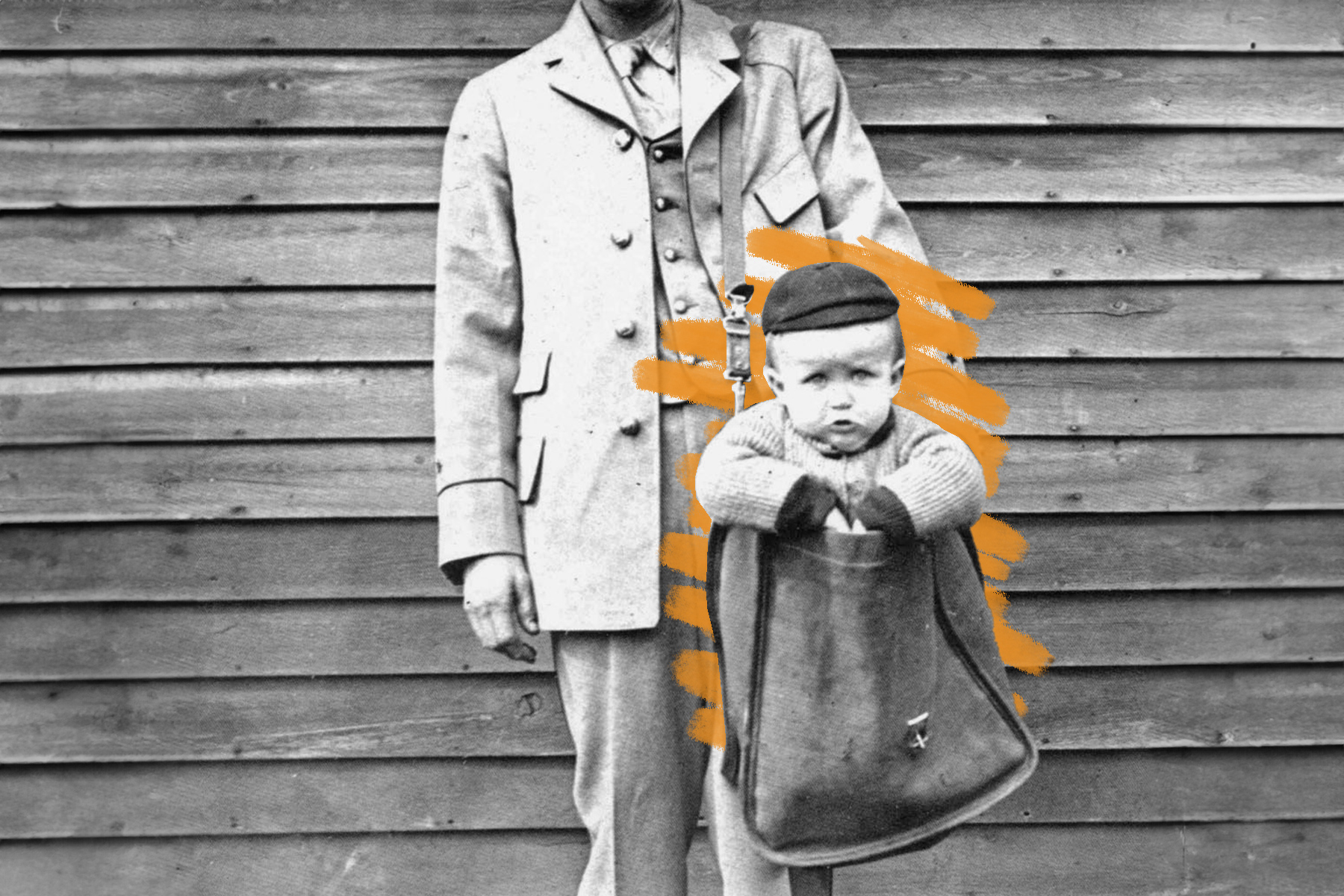People used to send their children through the U.S. mail.
On January 1, 1913, the United States Post Office began offering parcel service. While private freight companies had already existed for quite some time, the program allowed many more people, including folks in rural communities, to get goods shipped to their front doors. Immediately, Americans started shipping pretty much anything they could think of. One of the first packages sent using the service was a brindle bulldog. College kids started mailing their laundry home. More than one Flushing, Queens, resident received an opossum. But the most brazen early parcel customers trusted the Post Office with was the most precious cargo of all: human children.
The first recorded baby delivered via parcel post was James Beagle, an 8-month-old resident of Glen Este, Ohio. His journey wasn’t long: A carrier picked up the “well wrapped” infant from his parents on January 25 and, per the address on an attached card, delivered him to his grandmother just a few miles away. The postage cost 15 cents, and his parents insured him for $50.
This practice was never officially authorized, and in February 1914, the second assistant postmaster general announced that babies could not be transported by mail. But this didn’t stop postal employees, particularly rural ones, from occasionally breaking the rules. Just a month later, a 14-pound baby was shipped 12 miles from her grandmother in Clear Spring, Maryland, to her mother in Indian Springs. On February 19, 1914, 5-year-old May Pierstorff was mailed about 75 miles from her home in Grangeville, Idaho, to her grandparents’ place, which cost 53 cents in postage and was, apparently, cheaper than a train ticket. (In that case, she was chaperoned by a cousin who worked for the mail service.) In 1915, 6-year-old Edna Neff was mailed a whopping 720 miles from Pensacola, Florida, to her father’s home in Christiansburg, Virginia.
That same year, on August 31, 1915, 3-year-old Maude Smith — with a shipping label sewn to her dress, appropriate postage affixed, and snacks in hand — was placed by her mail carrier on a train from Caney to Jackson, Kentucky, to visit her sick mother. When she arrived at her destination, she had a note from a postal clerk to a local postmaster pinned to her dress: “I doubt the legality of the sending, but it was put on the train and I must deliver and report.” The U.S. Post Office actually investigated that case, and although it’s unclear what the outcome was, Smith was one of the last children ever to be mailed.







